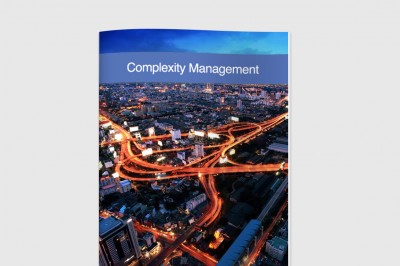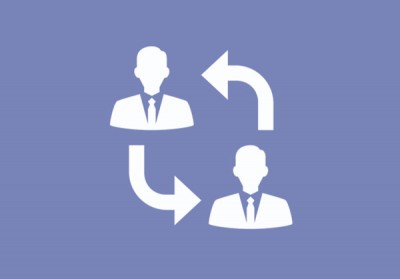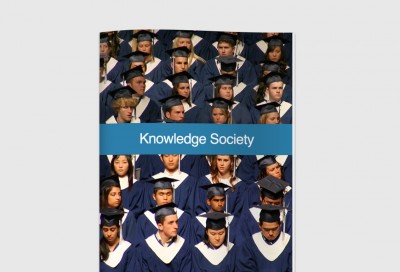Only 35 percent of projects are successful (delivered on time, on budget and with full scope of features and functions), 46 percent are challenged (the project is completed and the new solution is operational, but it was late and over budget, with reduced features and functions), and 19 percent fail (do not deliver anything of value) – the Standish Group’s 2007 first quarter research report.
When we are operating within a stable and predictable environment we can break projects down into stages and use a linear process of stepping through them stage by stage until completion at the end. However complex projects take place within dynamic environments that may be subject to almost continuous change. The level of uncertainty and unpredictability is high and we are not sure of what the end goal is exactly. This necessitates an alternative approach to project management – one that is more flexible, adaptive and evolutionary. This new approach finds its clearest expression within what is called agile project development. Agile was first employed within software development and we can contrast it with its predecessor called the waterfall model.
The waterfall model is a sequential design process, used in software development, in which progress is seen as flowing steadily downwards (like a waterfall) through the phases of conception, initiation, analysis, design, construction, testing, production/implementation and maintenance. The waterfall development model originates in the manufacturing and construction industries.
With agile project development requirements and solutions evolve through collaboration between self-organizing, cross-functional teams. It promotes adaptive planning, evolutionary development, early delivery, continuous improvement and encourages rapid and flexible response to change. It is a conceptual framework that focuses on frequently delivering small increments of working solutions.










